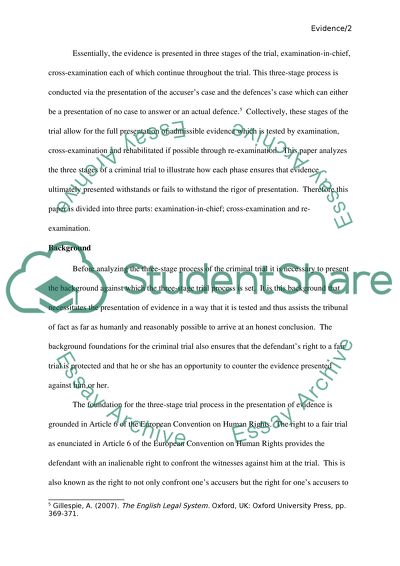Cite this document
(“The three stages of a trial and the presentation of evidence Essay”, n.d.)
Retrieved from https://studentshare.org/law/1393472-law-of-evidence
Retrieved from https://studentshare.org/law/1393472-law-of-evidence
(The Three Stages of a Trial and the Presentation of Evidence Essay)
https://studentshare.org/law/1393472-law-of-evidence.
https://studentshare.org/law/1393472-law-of-evidence.
“The Three Stages of a Trial and the Presentation of Evidence Essay”, n.d. https://studentshare.org/law/1393472-law-of-evidence.


